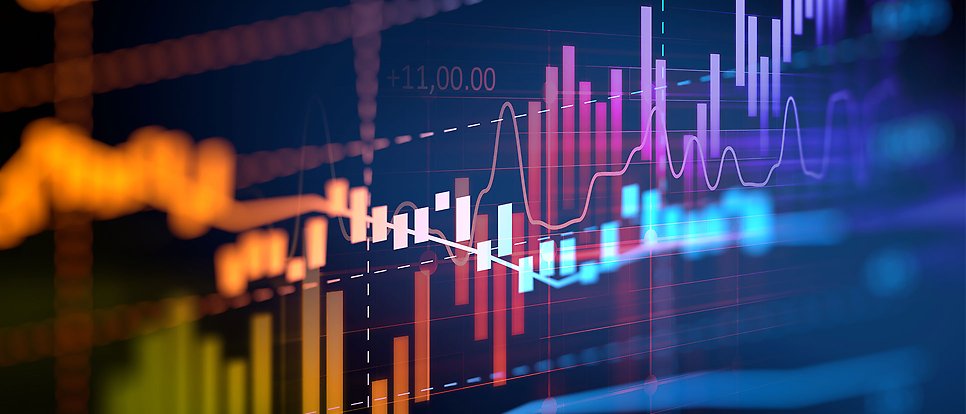Objectives:
By the end of this course, students will:
1. Gain foundational knowledge of Information Technology and its core concepts.
2. Understand the components and functioning of computer hardware and software.
3. Explore data management, networking, and the Internet as key elements of IT infrastructure.
4. Analyze the role of cybersecurity, ethics, and emerging technologies in IT environments.
5. Apply IT concepts in business and organizational contexts.
Learning Outcomes:
By the end of this course, students will be able to:
1. Understand the fundamentals of Information Technology, including its role in modern society and how it supports various computing disciplines.
2. Identify and describe the key components of computer systems, including hardware, software, and operating systems, and explain how they interact to perform essential computing tasks.
3. Explain the basic principles of computer networking and the Internet, including data transmission, communication protocols, and network types (e.g., LAN, WAN).
4. Demonstrate awareness of cybersecurity principles, including common threats, risk mitigation strategies, and the importance of safeguarding digital information.
5. Evaluate ethical and legal considerations in IT, including issues related to privacy, intellectual property, data security, and the responsible use of technology.
6. Recognize and analyze the impact of emerging technologies, such as cloud computing, artificial intelligence, and the Internet of Things, on individuals, businesses, and society.
7. Apply IT concepts to real-world organizational contexts, understanding how IT supports business processes, decision-making, innovation, and strategic advantage.
8. Communicate technical concepts effectively, using appropriate IT terminology and tools to interpret, present, and analyze information.
9. Demonstrate a commitment to lifelong learning in IT, recognizing the dynamic nature of the field and the need for continuous professional development.
By the end of this course, students will:
1. Gain foundational knowledge of Information Technology and its core concepts.
2. Understand the components and functioning of computer hardware and software.
3. Explore data management, networking, and the Internet as key elements of IT infrastructure.
4. Analyze the role of cybersecurity, ethics, and emerging technologies in IT environments.
5. Apply IT concepts in business and organizational contexts.
Learning Outcomes:
By the end of this course, students will be able to:
1. Understand the fundamentals of Information Technology, including its role in modern society and how it supports various computing disciplines.
2. Identify and describe the key components of computer systems, including hardware, software, and operating systems, and explain how they interact to perform essential computing tasks.
3. Explain the basic principles of computer networking and the Internet, including data transmission, communication protocols, and network types (e.g., LAN, WAN).
4. Demonstrate awareness of cybersecurity principles, including common threats, risk mitigation strategies, and the importance of safeguarding digital information.
5. Evaluate ethical and legal considerations in IT, including issues related to privacy, intellectual property, data security, and the responsible use of technology.
6. Recognize and analyze the impact of emerging technologies, such as cloud computing, artificial intelligence, and the Internet of Things, on individuals, businesses, and society.
7. Apply IT concepts to real-world organizational contexts, understanding how IT supports business processes, decision-making, innovation, and strategic advantage.
8. Communicate technical concepts effectively, using appropriate IT terminology and tools to interpret, present, and analyze information.
9. Demonstrate a commitment to lifelong learning in IT, recognizing the dynamic nature of the field and the need for continuous professional development.

Course Description:
This course introduces the basic concepts of statistics and their practical uses. Students will learn how to organize, summarize, and present data using tables and graphs. They will also learn how to describe data using measures of central tendency, variation, and position. The course covers correlation analysis and the study of moments. It focuses on applying these statistical methods using SPSS software.
By the end of this course, students will be able to:
- Understand the basic concepts and terms in statistics.
- Describe the data using statistical measures while being aware of their implications.
- Identify the relationships between phenomena through their data.
- Get an idea of the applications of statistics in the various fields of science.
- Conducting statistical analysis using SPSS statistical packages with the possibility of interpreting the results.
Prerequisites: None
Format: The course will be delivered through lectures, tutorials, and lab sessions. Student performance will be evaluated through individual projects, exercises, quizzes, and written exams.